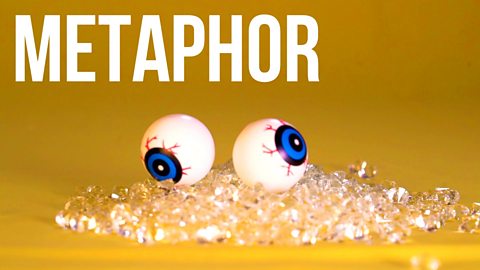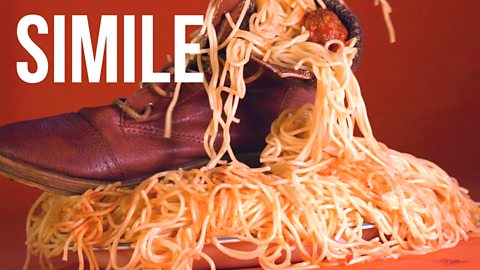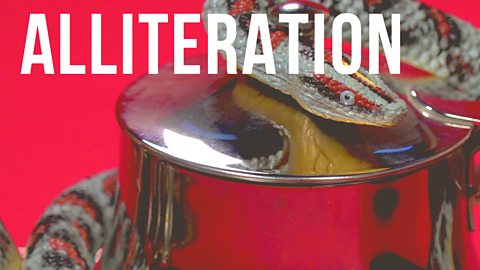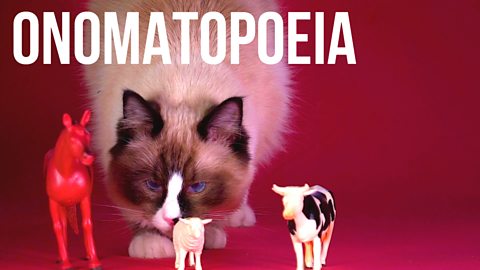Tone is the attitude that a writer expresses towards a subject.
Tone always sends a message. Everything we say or write has a tone.
- 'What are you doing?' This seems like a simple question.
- 'What the HELL do you think you're doing?' Adding extra words to this question can completely change the tone. The tone of this message suggests the person is not happy.
How to create tone
Tone can be created in many different ways:
- Word choice
- Imagery like metaphors and similes
- Sentence structure
- Punctuation
Types of tone
Tone can express emotions: worried, excited, upset, affectionate.
Tone can also change depending on the situation. For example, an acceptance letter from a University would usually have a formal tone and a text message you send to your friend would usually have an informal tone.
Poetry
In Liz Lochhead's poem My Rival's House, she describes a simple scene of visiting her lover's mother for tea:
'my rival thinks she means me well. But what squirms beneath her surface I can tell.'
Lochhead conveys a hostile and critical tone here, as the speaker in the poem feels that her partner’s mother is trying to undermine her. The word 'squirm' suggests discomfort.
'deferential, daughterly I sip and thank her nicely for each bitter cup.'
On the face of it, 'deferential', 'daughterly' and 'thank her nicely' all sound pleasant enough but the word choice and imagery of 'bitter cup' brings this surface tone into question. It shows there is a poisonous attitude between the two women as the speaker feels she is being forced to be submissive in the older woman's presence.
The attitude Liz Lochhead wants to suggest in the poem is expressed clearly through lots of different techniques.
More on Understanding, analysing and evaluating
Find out more by working through a topic
- count3 of 15

- count4 of 15

- count5 of 15

- count6 of 15
